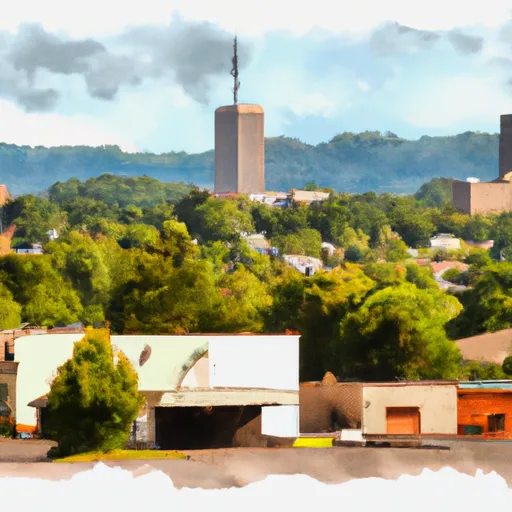°F
°F
mph
Windspeed
%
Humidity











Summertown, Tennessee is a small town located in Lawrence County. Known for its scenic beauty and outdoor recreational offerings, Summertown offers a pleasant climate, diverse hydrology constituents, and various outdoor activities for nature enthusiasts.
Summertown experiences a humid subtropical climate, characterized by hot summers and mild winters. The average temperature in the summer ranges from 75°F to 90°F, while winter temperatures typically range from 30°F to 50°F. The region receives an average annual rainfall of around 50 inches, providing ample water resources for hydrology constituents.
Summertown is surrounded by numerous streams, rivers, and reservoirs, offering opportunities for fishing, boating, and water activities. The nearby Buffalo River is popular for canoeing and kayaking, providing stunning views of the surrounding forests and wildlife. Additionally, the area is rich in hiking trails, including the David Crockett State Park trail system. The park offers a variety of activities such as camping, picnicking, and wildlife observation.
In conclusion, Summertown, Tennessee offers a welcoming climate, abundant water resources, and various outdoor recreational opportunities. Whether it's exploring the waterways or enjoying the scenic trails, Summertown provides an ideal destination for outdoor enthusiasts.
Weather Forecast
Summertown receives approximately 1463mm of rain per year, with humidity levels near 88% and air temperatures averaging around 15°C. Summertown has a plant hardyness factor of 7, meaning plants and agriculture in this region tend to thrive during the non-winter months.
Regional Streamflow Levels
1,340
Cubic Feet Per Second
11
Cubic Feet Per Second
33
Cubic Feet Per Second
12,100
Cubic Feet Per Second
Nearby Camping
| Camping Area | Reservations | Toilets | Showers |
|---|---|---|---|
| Payne Lake East Side | |||
| Roland Cooper State Park | |||
| Bells Landing | |||
| Payne Lake Spillway | |||
| Payne Lake West Side | |||
| Isaac Creek |



